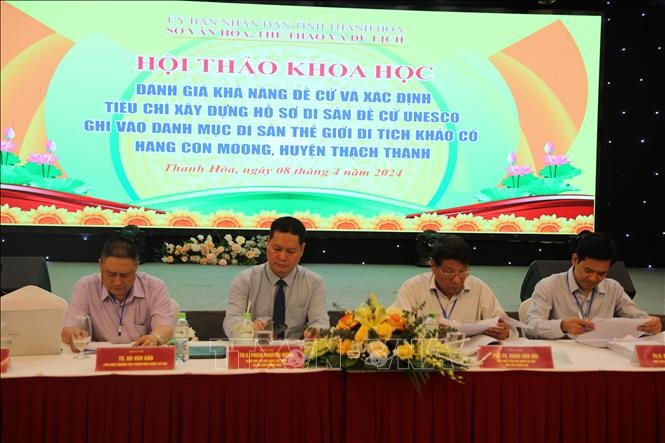
The workshop was attended by leading experts and scientists in the fields of history, archaeology, heritage, geology, environment, tourism, and a number of units with extensive experience in building world heritage profiles. The results of the workshop are the scientific basis for the province to introduce to international consultants the feasibility of the Con Moong Cave and surrounding areas scientific profile.
At the workshop, delegates focused on assessing the current status and outstanding global value of the Con Moong Cave relic and its vicinity, based on the results of excavation and research over the past half century and recent survey results. In particular, they focused on discussing a number of key groups of issues such as: The results of excavation and research on Con Moong Cave from 1976 to present; determining the characteristics, nature, age and outstanding historical and cultural values of the Con Moong Cave relic in a broader context...
These presentations provide the Workshop with objective and accurate information so that scientists and experts have a basis to discuss the outstanding global value of Con Moong Cave and its position in the surrounding relic system as well as the authenticity and integrity of the heritage.
In addition, based on the 10 criteria of UNESCO to determine the outstanding global value of World Heritage, scientists proposed that Con Moong Cave and its vicinity can meet the criteria of Cultural Heritage, Natural Heritage or Mixed Cultural and Natural World Heritage. At the same time, they exchanged experiences on the roadmap for building the World Heritage Profile, the source of information and documents that need to be collected and completed in the coming time as well as the mechanism, policies, coordination mechanism, and connection between UNESCO experts, archaeologists, domestic and international heritage managers and the World Heritage Profile compilation team.
Associate Professor, Dr. Dang Van Bai, Vice Chairman of the National Cultural Heritage Council, said that Thanh Hoa needs to pay more attention to consulting and recommending experts from ICOMOS (International Council on Monuments and Sites). ICOMOS's advice and on-site inspections are the basis for the World Heritage Committee to issue decisions related to cultural heritage and mixed heritage. At the same time, Thanh Hoa needs to develop a good scientific dossier to submit to UNESCO to recognize Con Moong Cave as a world heritage.
Concluding the workshop, Associate Professor, Doctor Tong Trung Tin, Chairman of the Vietnam Archaeological Association affirmed that, based on the 1972 World Heritage Convention and the UNESCO Convention Practice Guidelines, based on the Vietnam Cultural Heritage Law, comparing the 2007 national relic scientific dossier and the 2015 special national relic scientific dossier, the Workshop agreed that the Con Moong Cave heritage site can meet the outstanding global criteria, which are cultural criteria (iii, v), long-term residence tradition (x). At the same time, he emphasized that the work of building a World Heritage Profile is a difficult task, requiring perseverance and a high level of intellectual concentration of the political system including Thanh Hoa province, scientists, leading managers in the country and internationally as well as related parties.
Associate Professor, Dr. Tong Trung Tin also said that in the coming time, Thanh Hoa province needs to establish a provincial-level Steering Committee to lead and direct relevant units to coordinate with the Central Government to develop a dossier for the Con Moong Cave Heritage Site as well as soon implement the project "Research and develop a dossier for the Con Moong Cave Relic Site to submit to UNESCO for recognition as a world heritage site". At the same time, the province focuses on researching, selecting and arguing for the criteria to determine the outstanding global value of the Con Moong Cave World Heritage Site and related relics...
Con Moong Cave (Thanh Yen Commune, Thach Thanh District) was first excavated in 1976 and is considered the most unique prehistoric cave archaeological site in Vietnam and Southeast Asia. The heritage site includes dozens of caves and rock shelters distributed in a space of more than 20,000 hectares in the buffer zone of Cuc Phuong National Park in Thach Thanh District and some areas in Hoa Binh and Ninh Binh provinces.
By 2008, Con Moong Cave was comprehensively surveyed, preparing documents for the construction of the World Cultural Heritage Profile. From 2010 to 2014, Con Moong Cave and surrounding relics were systematically excavated and researched within the framework of a cooperation project between the Institute of Archaeology, Vietnam Academy of Social Sciences and the Novosibirsk Institute of Archaeology and Ethnography, Russian Academy of Sciences, Department of Culture, Sports and Tourism of Thanh Hoa province. This research brought a large amount of new important documents in the understanding of prehistory in Vietnam and the region.
Through many excavations, scientists have confirmed that prehistoric humans were present in the cave from about 60,000 to 7,000 years BC. This is the place where ancient Vietnamese people continuously lived, with 3 cultures: Son Vi, Hoa Binh and Bac Son - which are typical cultures of Vietnam in particular and Southeast Asia in general. Con Moong Cave is an outstanding example of traditional human settlement, from the old stone to the new stone, from hunting and gathering to farming.
Con Moong Cave was ranked as a National Monument in 2007 and a Special National Monument in 2015. In 2020, the Prime Minister approved the Plan for conservation, restoration and promotion of the value of the archaeological site of Con Moong Cave and surrounding sites with a total planning area of 977,568 hectares. With its special and outstanding value, the relic of Con Moong Cave and its surroundings was selected by the Prime Minister to be included in the roadmap for building a World Heritage Profile.
Source




![[Photo] 60th Anniversary of the Founding of the Vietnam Association of Photographic Artists](/_next/image?url=https%3A%2F%2Fvphoto.vietnam.vn%2Fthumb%2F1200x675%2Fvietnam%2Fresource%2FIMAGE%2F2025%2F12%2F05%2F1764935864512_a1-bnd-0841-9740-jpg.webp&w=3840&q=75)

![[Photo] National Assembly Chairman Tran Thanh Man attends the VinFuture 2025 Award Ceremony](/_next/image?url=https%3A%2F%2Fvphoto.vietnam.vn%2Fthumb%2F1200x675%2Fvietnam%2Fresource%2FIMAGE%2F2025%2F12%2F05%2F1764951162416_2628509768338816493-6995-jpg.webp&w=3840&q=75)

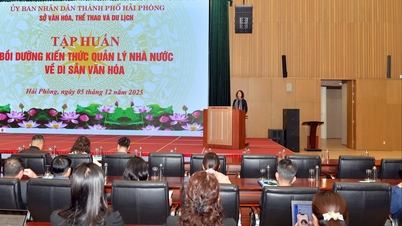

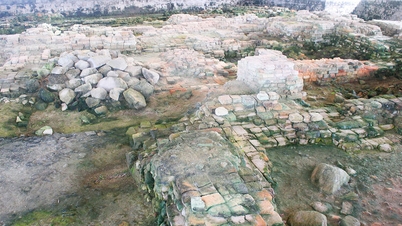

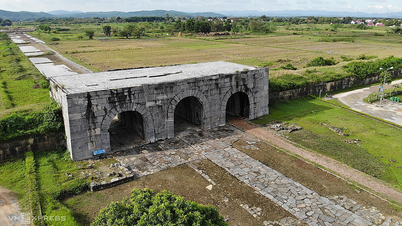

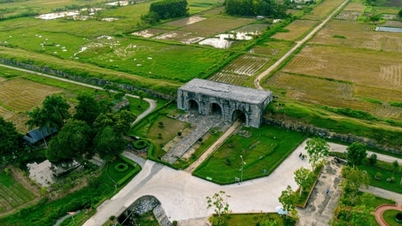

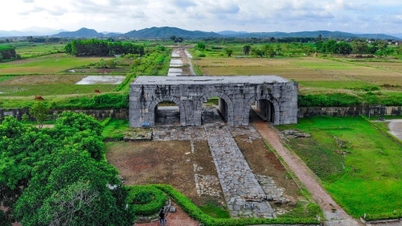

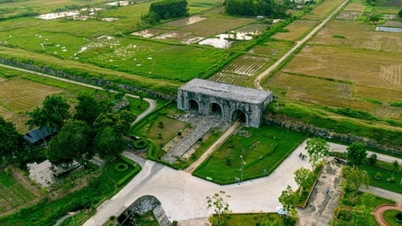

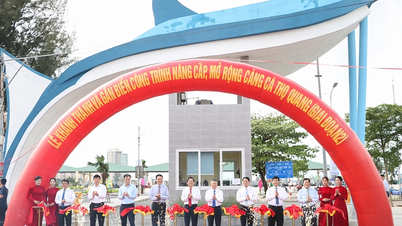





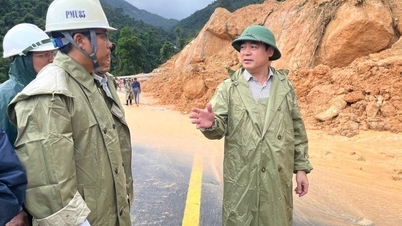







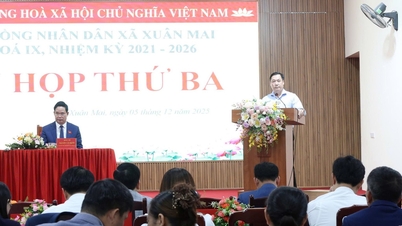

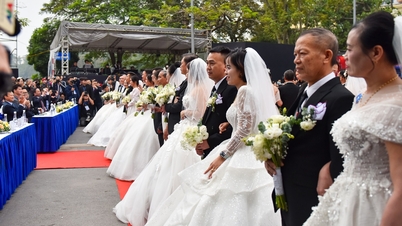
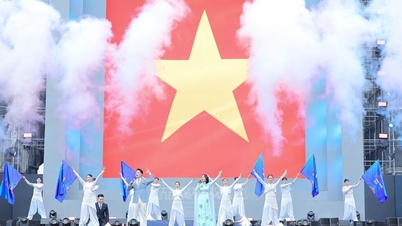
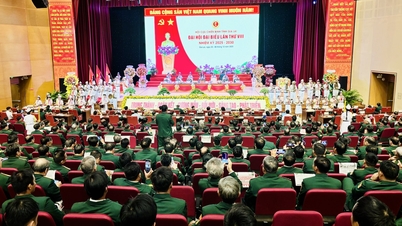
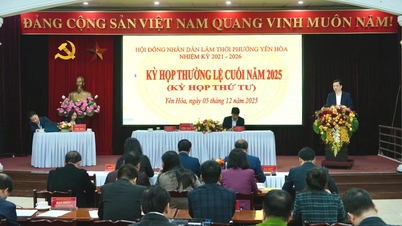

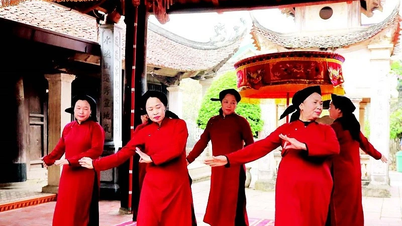
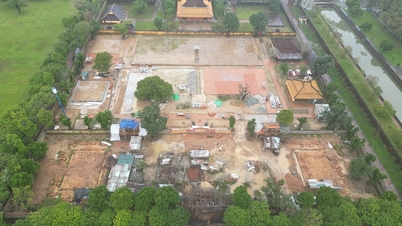
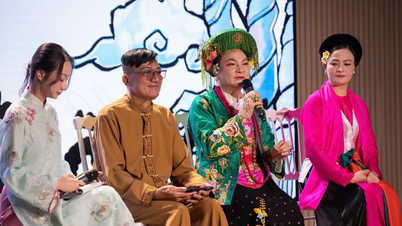



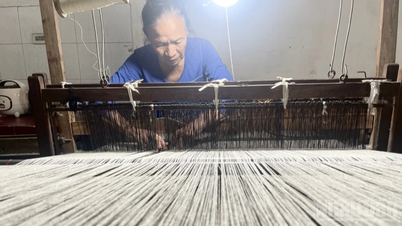
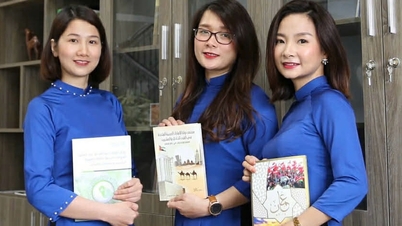
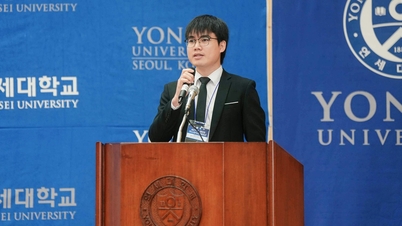









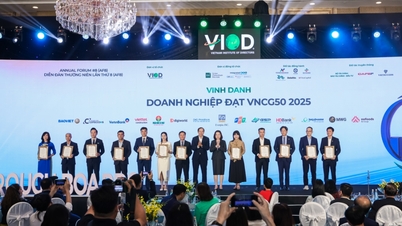
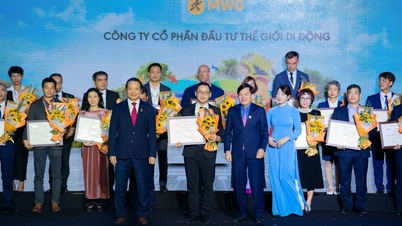
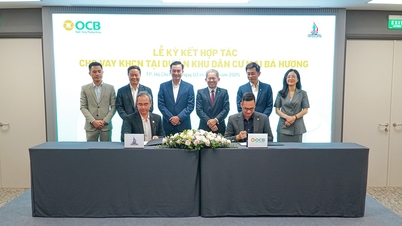
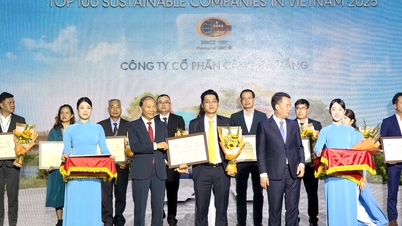
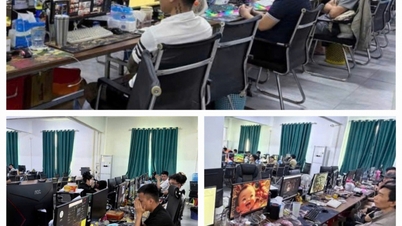






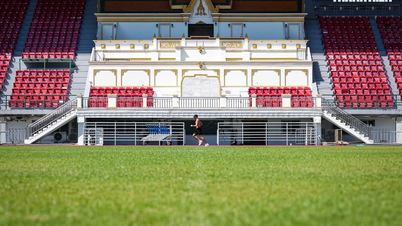

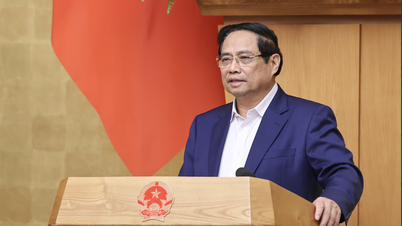
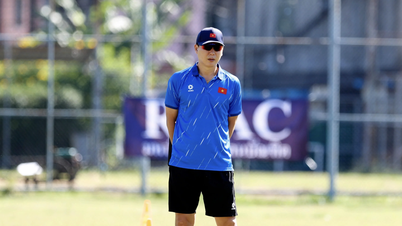
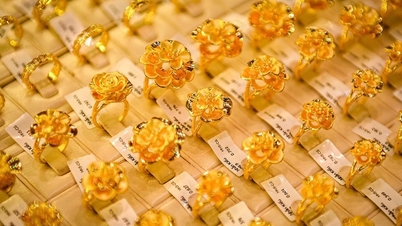
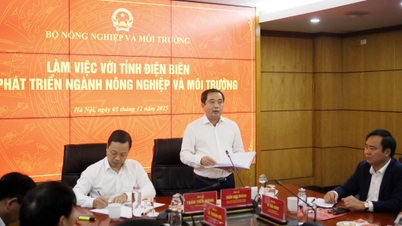

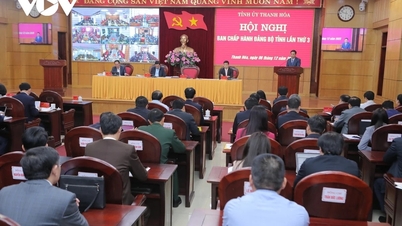



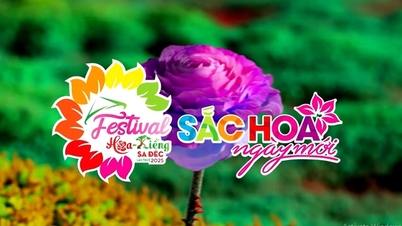

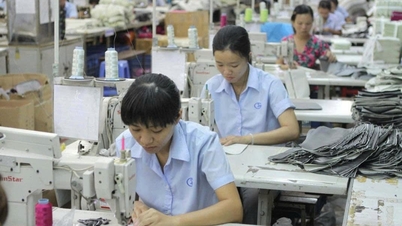
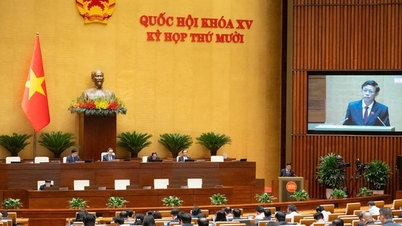
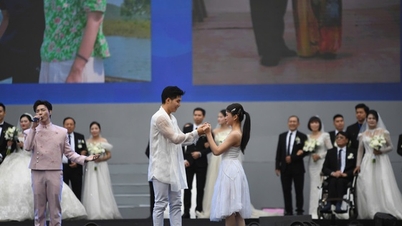
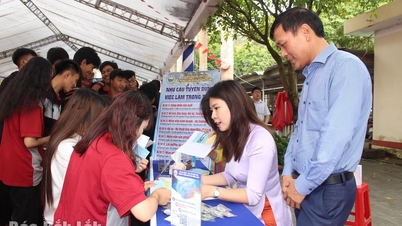



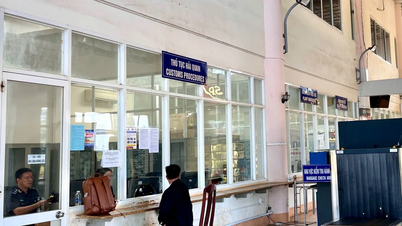


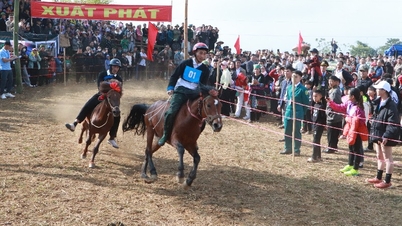

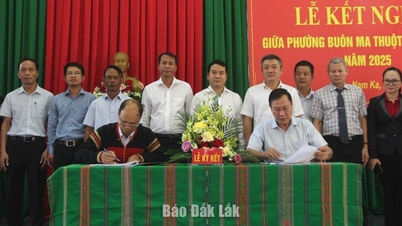












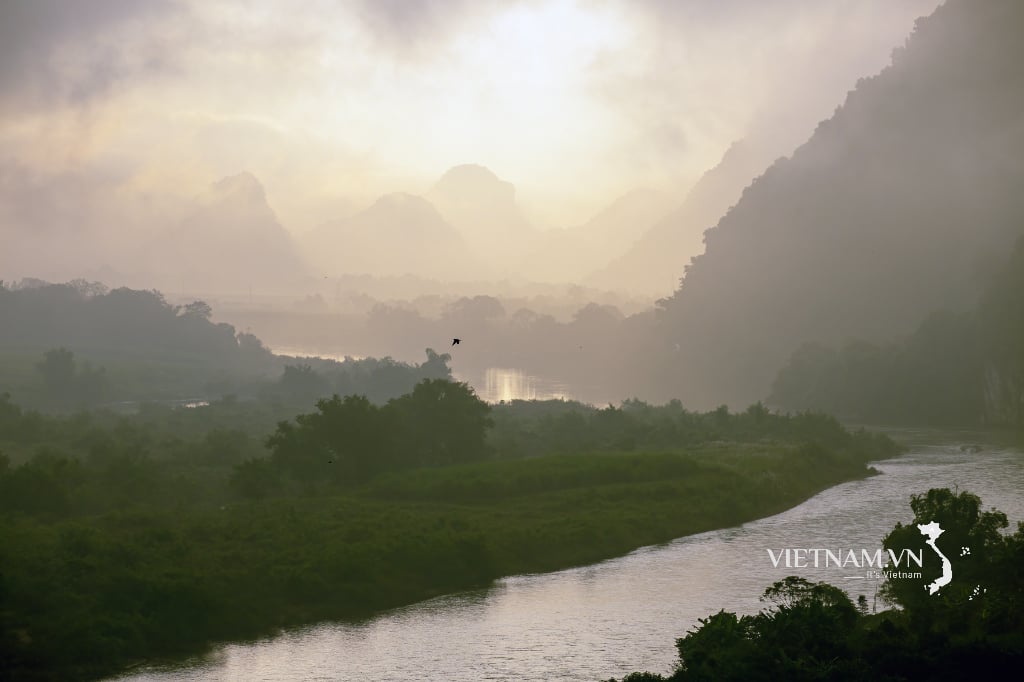




Comment (0)